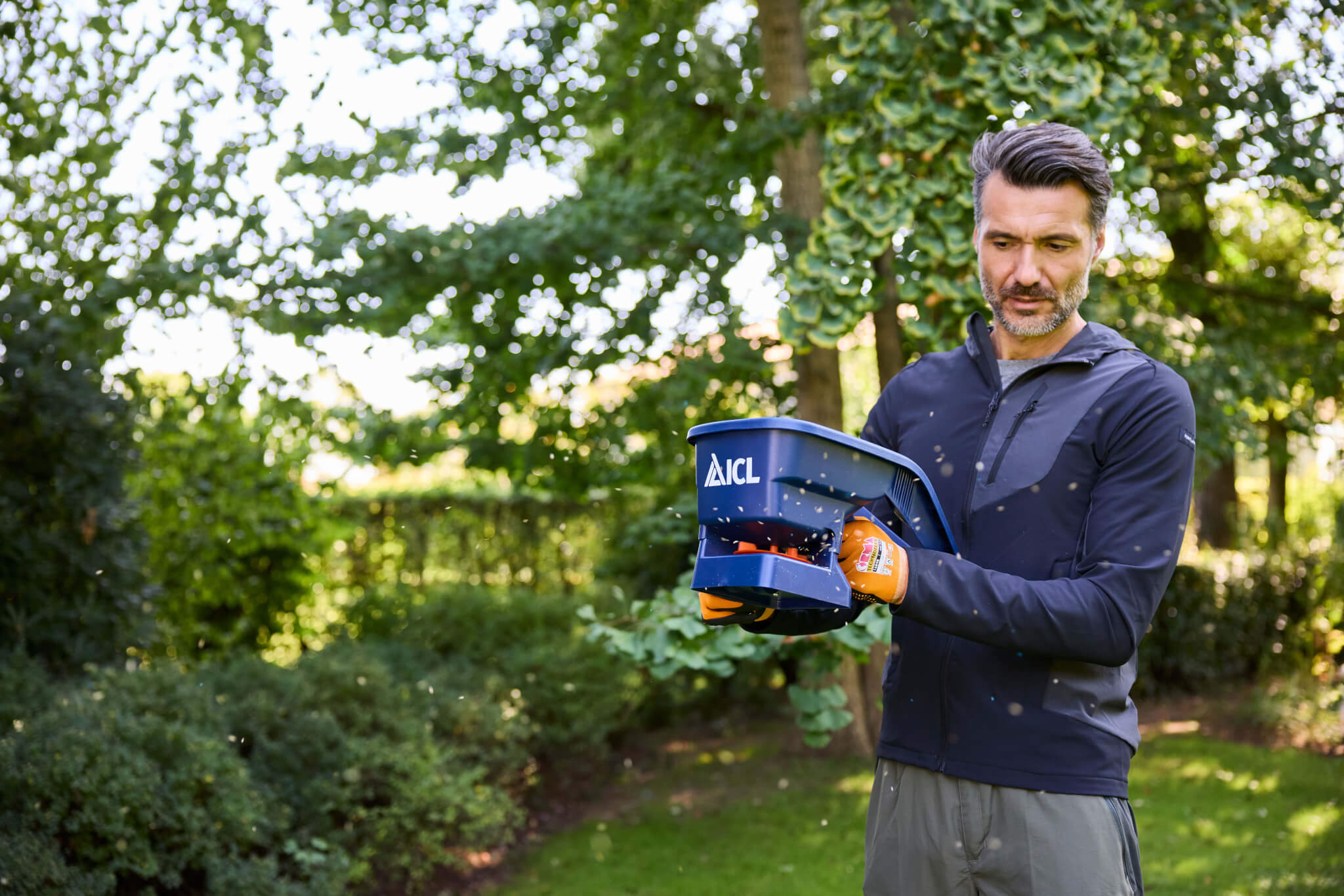GLAS Special: Mowing frequency is a simple task often misunderstood

From Donal Kearney, MSc Horticulture and Safety Consultant, and managing director of the Irish Institute of Sports Surfaces
19 July 2023
The importance of mowing is often misunderstood especially at local and community level. It is a crucial factor in a football pitch maintenance programme and this simple task if applied properly can go a long way to improving player safety and pitch presentation on local community standard pitches.
Mowing is often neglected and can become an onerous task. Combined with aeration and soil fertility, mowing is a key maintenance practice for a more wear resilient playing pitch.
Your grass if mowed properly, it may out compete weed invasion for the most part and provide a consistent playing surface to tolerate increasing fixtures for players.

Mow frequently to ensure it is a practice that almost becomes unnoticeable
Mowing should not be an arduous task. It should only remove grass clippings one third of the length at any single cut. This also avoids the need for collecting grass clippings or the fear of leaving heavy clumps of grass clippings on the surface, so mowing often is key.
By creating a consistent standard through frequent mowing, players often won’t realise when the pitch was actually mowed as they become used to the pitch remaining at a certain length.
Frequent mowing therefore avoids the swards of green colour becoming a weakened pale green colour post mowing. Mowing too much grass off the pitch typically results in a weaker grass sward, which becomes a less tolerant grass surface to wear and tear from fixtures.
Growth rate
Frequency of mowing is determined by the growth rate of the sward, which is determined by soil temperatures and daily sunlight hours.
Typically, the frequency of mowing during the growing season is higher. Between the equinox dates (21 March to 23 September) a maximum of two or three cuts per week is ideal. Once per week is sufficient in the remainder of the year. This is not a strict rule, as in some years it is May before full growth kicks in.
Choice of mower
Mowing frequency is about allocating the time each week to mow regularly enough throughout the year. It is essential you have a mower that is well maintained with blades sharpened annually. Choice of mower does not need to be expensive, but equally you should avoid using a domestic standard mower as they are not designed for regular cutting of three hectares or more of grass per week.
For community-based pitches, somewhere between 40-75mm tenders to be the ideal height of cut for most clubs, however if the ground is heavy soil or sand based that can change things. For hurling and soccer, cutting the grass at a lower height is preferable compared to rugby and Gaelic football.
So mow frequently to ensure it is a practice that almost becomes unnoticeable. Mowing provides for great presentation by mowing in equal straight dark and pale striped lines. Mowing frequently in straight lines and change to a perpendicular direction for every second cut or more to give your pitch an extra distinction.
The Irish Institute of Sport Surfaces is dedicated to promoting and implementing the professional development of people who maintain and manage sport surfaces in Ireland.



 Print
Print







Fans 0
Followers